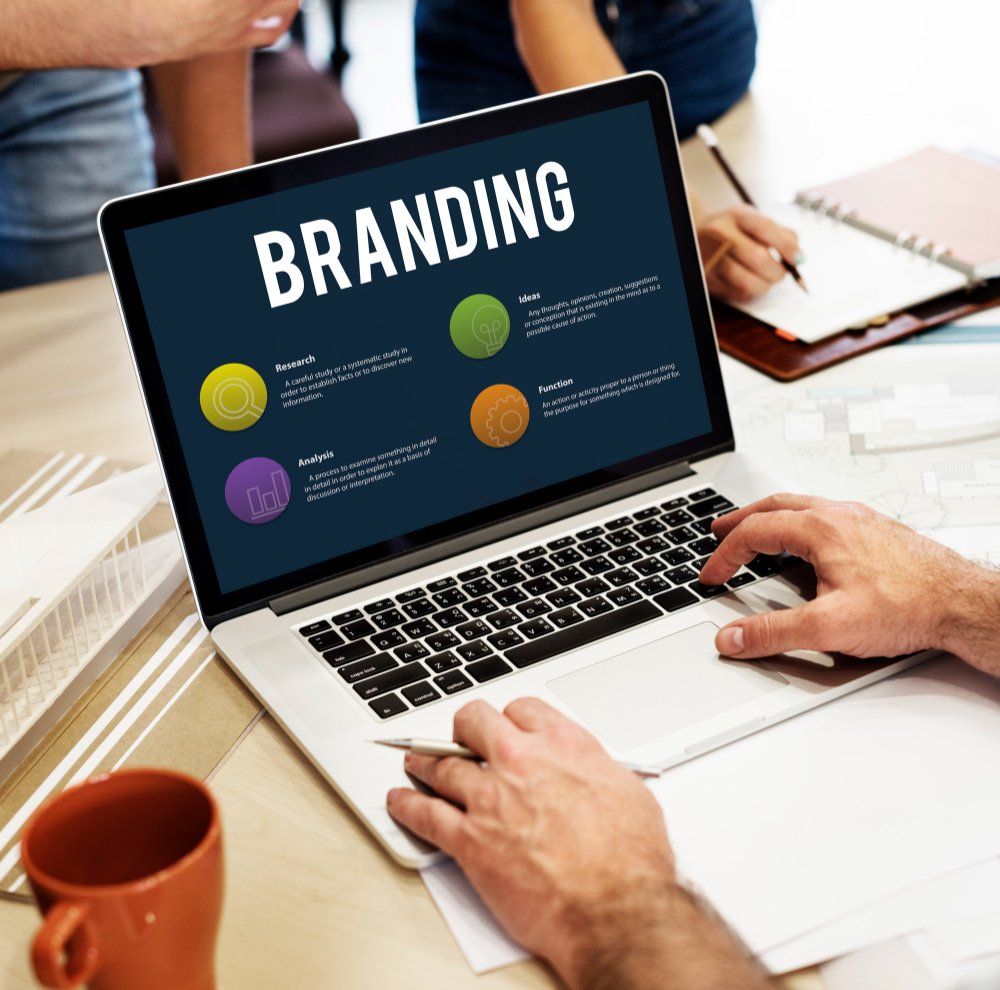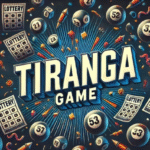Introduction
Colors have the power to shape perceptions, trigger emotions, and influence decisions. In branding, colors are not random design choices; they are deliberate tools to communicate values, build recognition, and establish trust.
This blog unpacks the psychology of colors in branding and how businesses can design for impact in 2025.
1. Why Colors Matter in Branding
Studies reveal that 90% of first impressions are based on visual cues—and color is one of the most influential. The right color palette can boost brand recognition by up to 80%. Colors act as subconscious signals, shaping how customers perceive your brand before they read a single word.
2. The Emotional Impact of Colors
Each color carries its own psychological association:
- Red: Excitement, passion, urgency
- Blue: Trust, reliability, calm
- Green: Growth, sustainability, health
- Black: Luxury, sophistication, authority
- Yellow: Optimism, creativity, happiness
Choosing colors aligned with your brand values ensures your visual identity resonates with your audience.
3. Cultural Perceptions of Color
Colors don’t have universal meanings—they vary across cultures. For example, while white symbolizes purity in Western societies, it can represent mourning in parts of Asia. Global brands must adapt their color strategies to regional contexts without losing consistency.
This is where working with experienced branding experts becomes crucial.
4. Color and Brand Differentiation
Color can also set you apart from competitors. For example, think about how Coca-Cola’s red dominates in contrast to Pepsi’s blue. Choosing a bold, unique color identity not only makes your brand memorable but also discourages imitation.
5. Applying Color Psychology to Design Elements
Color impacts every branding touchpoint:
- Logos: Create instant recognition
- Websites: Enhance usability and mood
- Presentations: Improve retention and persuasion
- Social Media Creatives: Increase engagement rates
Consistency across all mediums ensures your colors reinforce brand identity at every interaction.
6. The Future of Color in Branding
In 2025, brands are embracing dynamic color palettes that adapt to digital environments like dark mode interfaces, AR/VR applications, and mobile-first designs.
Additionally, minimalist palettes with bold accent colors are gaining traction as brands seek to cut through visual clutter.
Conclusion
Colors are more than aesthetics—they are psychological tools that shape perception and drive business results. By understanding the psychology of colors, brands can design identities that truly resonate with audiences.
For companies aiming to create powerful brand identities with lasting impact, investing in expert branding services in Dubai ensures your colors communicate the right message.


